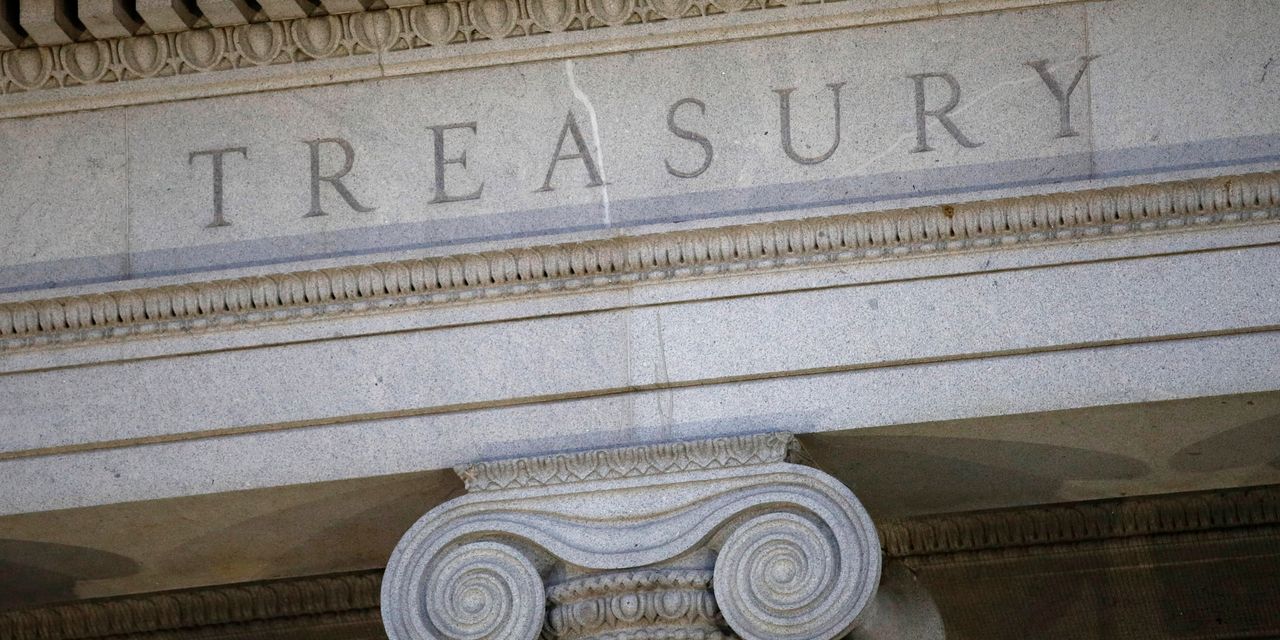A recent surge in the U.S. Treasury yields may continue, and the volatility in the world’s biggest bond market is likely to persist as investors demand more compensation for the risk of holding longer-term Treasurys, according to the BlackRock Investment Institute.
“We turn tactically neutral [on] long-term Treasurys as markets price high-for-longer policy rates but [we] stay underweight strategically,” said a group of investment strategists led by Jean Boivin, head of the BlackRock Investment Institute, which is an arm of the world’s largest asset manager BlackRock. “U.S. 10-year yields at 16-year highs show they have adjusted a lot — but we don’t think the process is over.”
See: Why bond-market investors are not panicking about the worst Treasury bear market in history
The U.S. Treasury market has tanked in a broad selloff since early 2022 when the Federal Reserve started raising interest rates to fight a surge in inflation, leaving the bedrock of the global financial system tumbling into its worst bear market in history. Treasury yields, which move inversely to prices, have risen sharply to levels not seen in 16 years as the central bank’s rate-hiking path remains unclear amid a batch of positive economic data.
Strategists at BlackRock Investment Institute had been underweight longer-term U.S. Treasurys on a six- to 12-month tactical horizon since late 2020 as they saw the economic outlook heralding higher rates.
The next step, however, is not overweight, said Boivin and his team. They expect investors to demand more compensation, or term premium, for the risk of holding long-term bonds, so they remain underweight on “a long-run, strategic horizon,” the strategists wrote in a Monday note.
“The repricing of Federal Reserve policy rates has been a big part of the yield move since the Fed’s first hike in 2022,” Boivin and his team said. “We see the yield surge driven by expected policy rates nearing a peak. Rising term premium will likely be the next driver of higher yields.”
See: Here’s a chart on one of the biggest factors behind rising yields this week
The term premium of Treasurys, or the compensation that investors require for bearing the risk that interest rates may change over the life of the bond, turned positive for the first time in almost two years in late September. The premium tends to rise when inflation or the Fed’s monetary tightening path becomes tough to predict.
Long-term yields will eventually resume their march higher as the term premium gradually rises to account for greater macroeconomic volatility, persistent inflation, large fiscal deficits and rising government debt issuance, BlackRock strategists said. “We think 10-year yields could reach 5% or higher on a longer-term horizon,” they added.
See: Why Treasurys could give the U.S. stock market a green light for a year-end rally
Treasury yields were back on track to establish fresh 16-year highs on Tuesday, with the yield on the 10-year Treasury note
BX:TMUBMUSD10Y
up 13 basis points at 4.850%, while the yield on the 30-year Treasury bond
BX:TMUBMUSD30Y
advanced 8 basis points, at 4.949%. Both were on track to log their highest yields since August 2007, according to Dow Jones Market Data.
Drivers of further yield jumps and tightening financial conditions are still up for debate, but one thing is for sure, these uncertainties are set to create more volatility in the near term, without yields moving in a clear direction, strategists said.
“We now see about equal odds that Treasury yields swing in either direction,” Boivin and his team said. In other words, they see “two-way volatility” ahead as policymakers are assessing financial conditions as further damage from rate hikes will likely become clearer over time, the strategists said.
“We think these conditions bring us closer to when the ‘politics of inflation,’ or pressure on the Fed to curb inflation, will turn into pressure to stop hurting economic activity with tight monetary policy,” they wrote, but for now the analysts still see the Fed holding policy tight to lean against inflationary pressures.
Read the full article here



